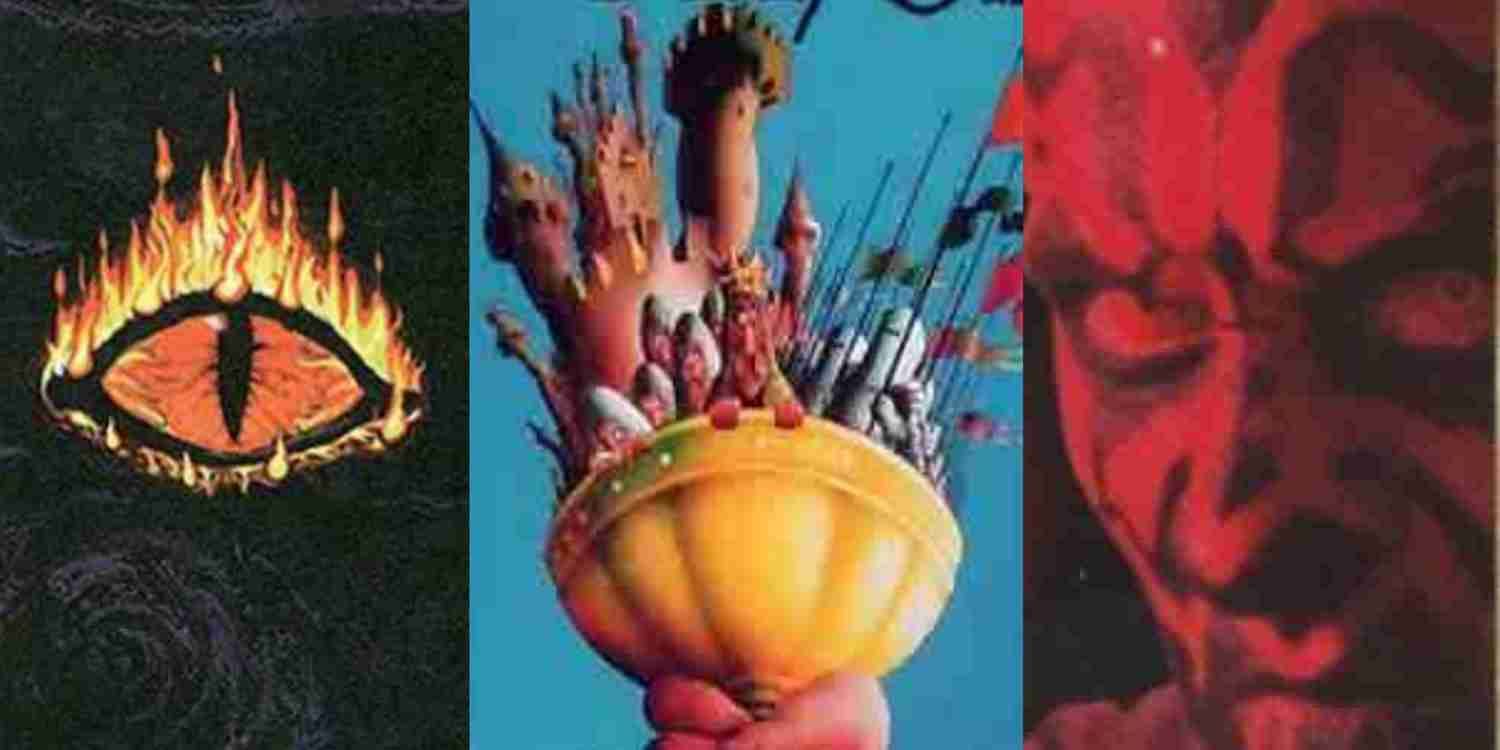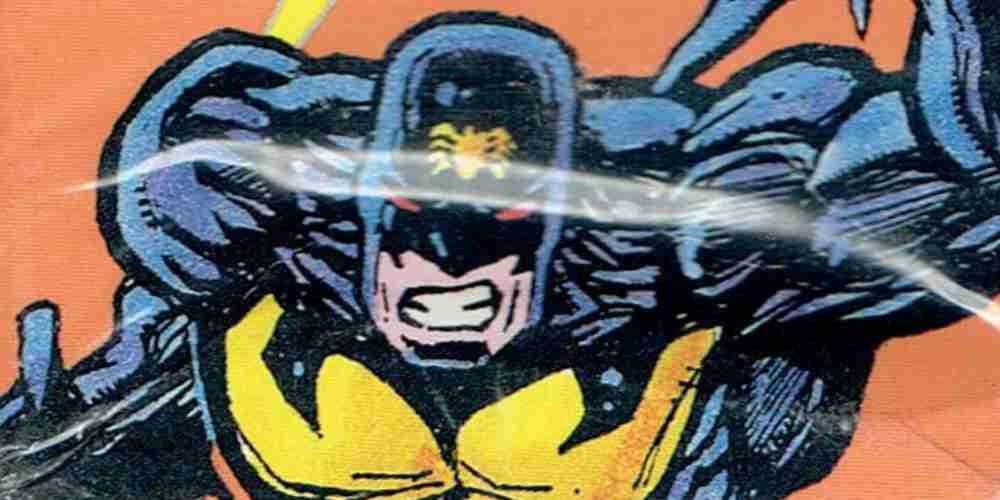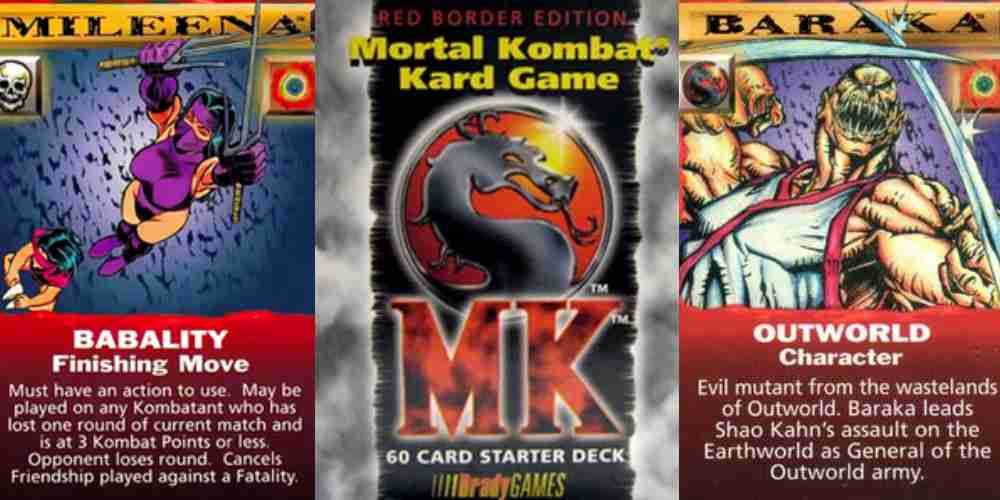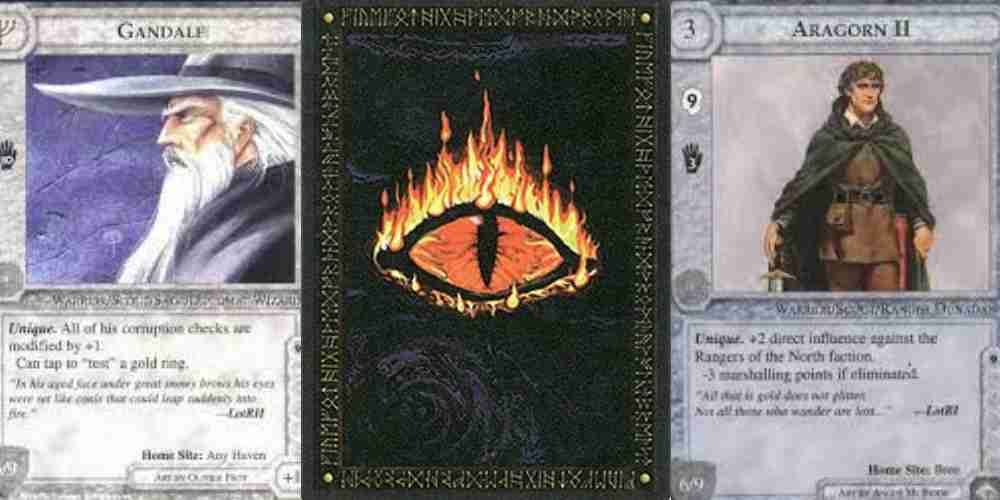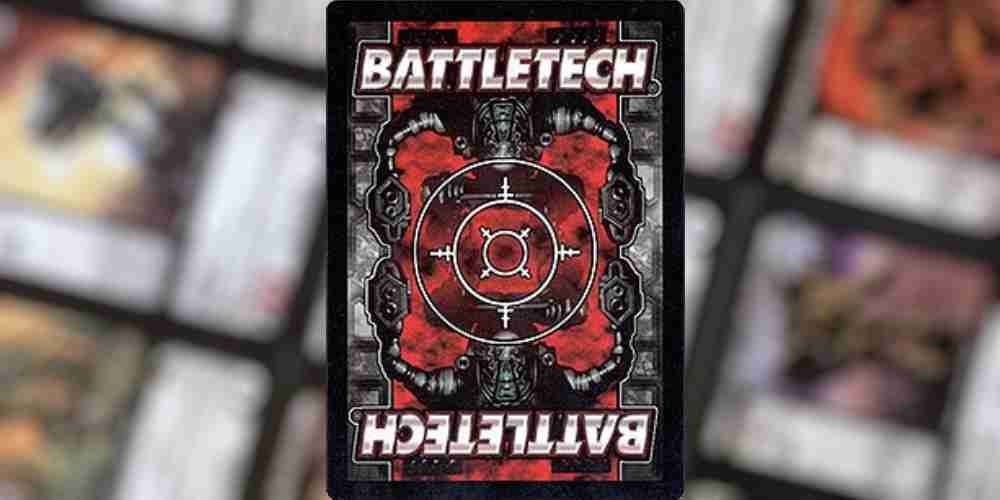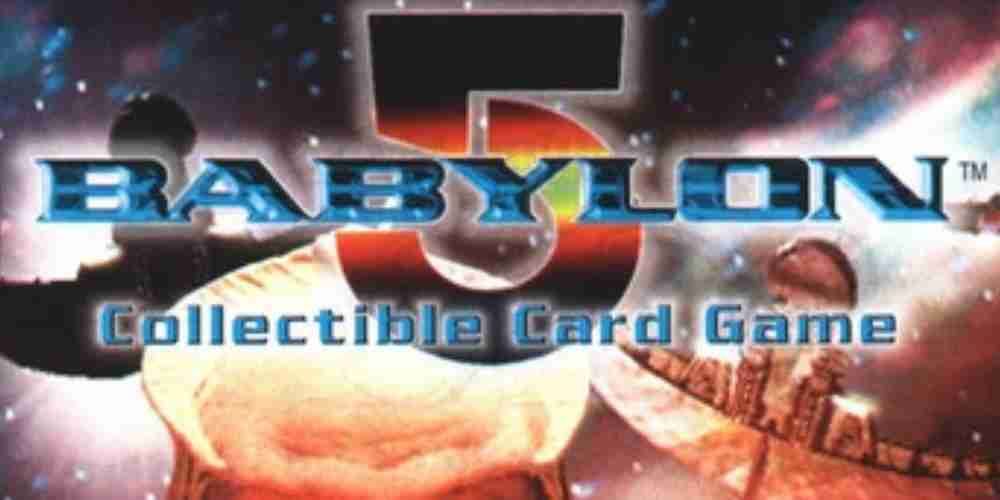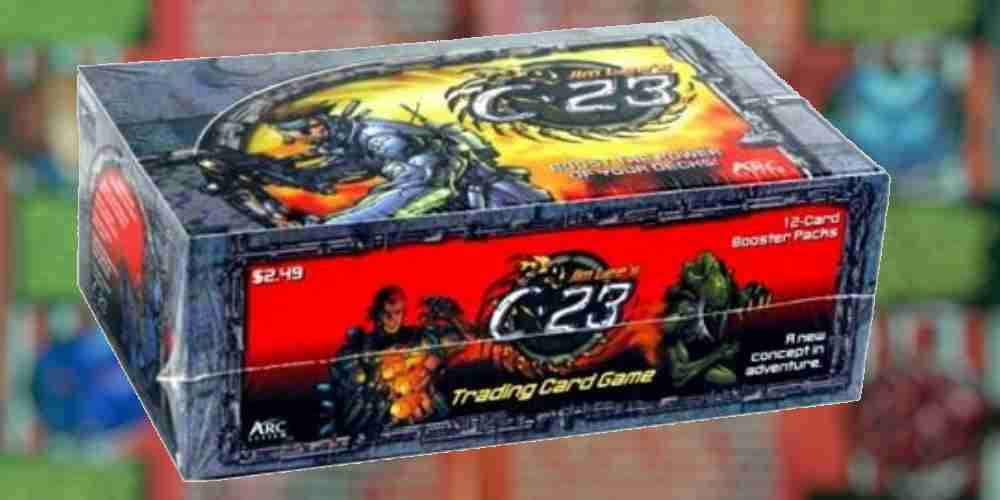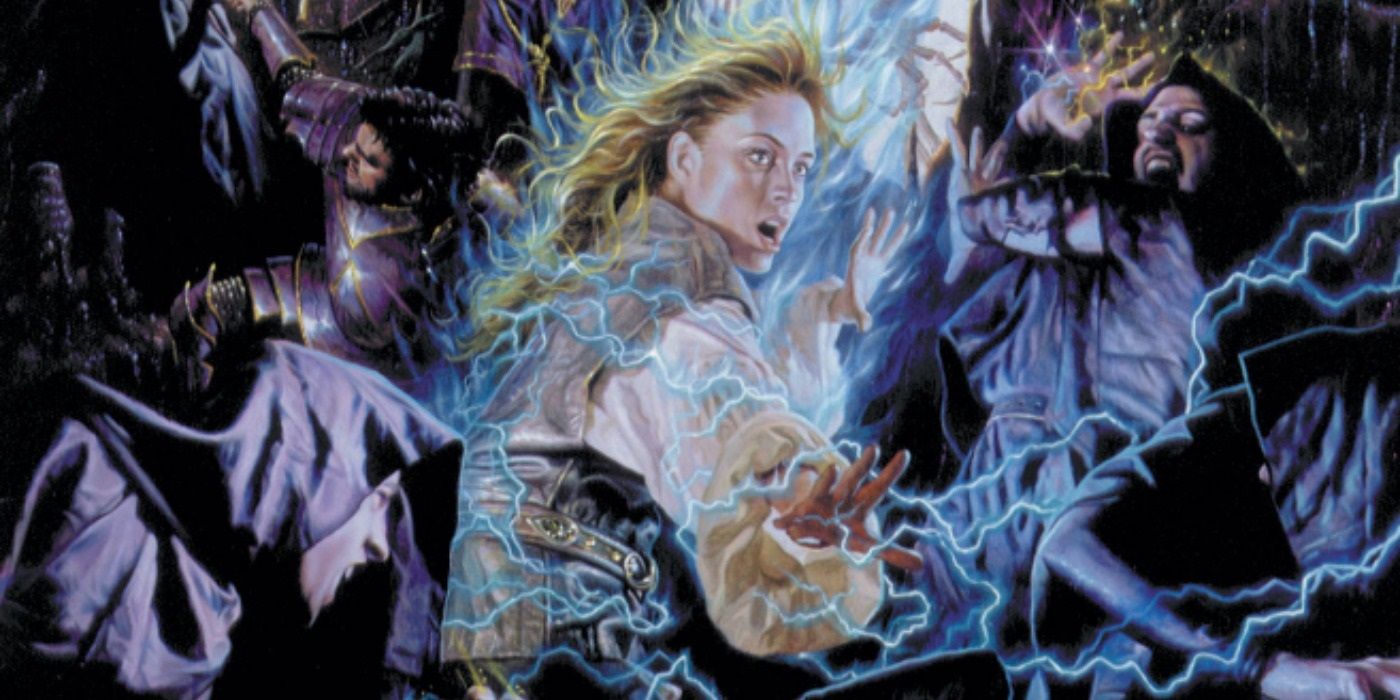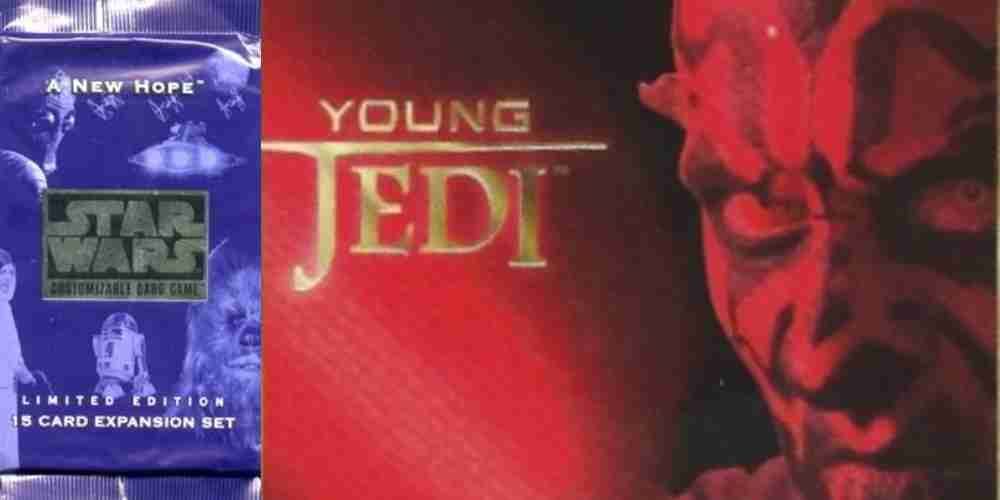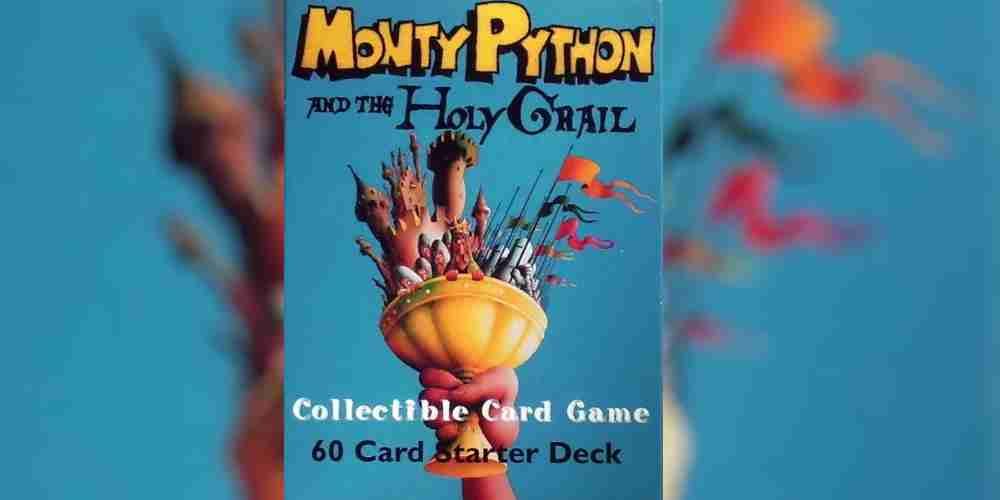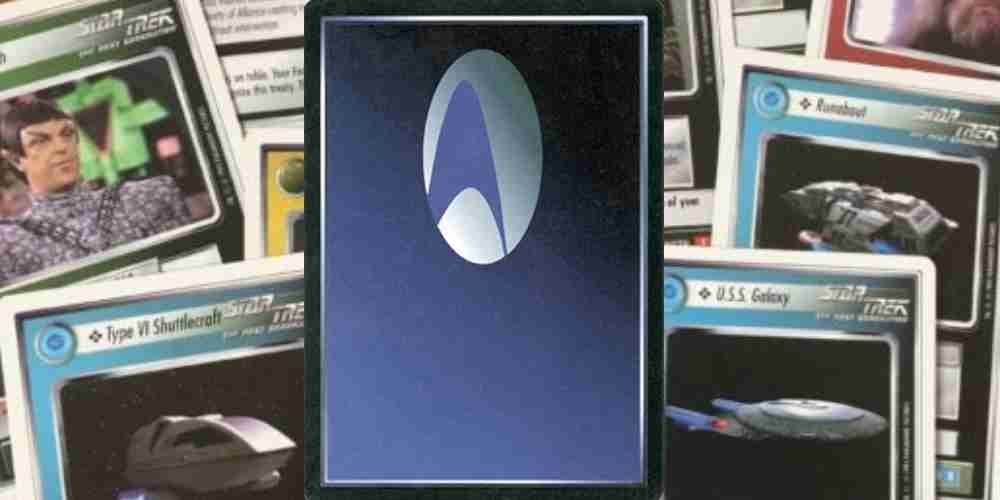The big three of trading card games all have some big news this year. Magic: The Gathering is preparing for its 30th-anniversary celebration, Yu-Gi-Oh! released its latest game adaptation, Master Duel, and Pokémon Trading Card Game is releasing its new Paradigm Trigger line of cards.
All three of these juggernauts started their dominance in the mid-90s. Not every card game that launched alongside them was as lucky, though, and a few of them might've had novel concepts or brands, but never left the decade. These card games might have been collectible, but didn’t last.
Super Deck! (1994)
Super Deck! was one of the first trading card games to see a large release. In fact, it was the fourth card game ever released commercially and given it focused on superheroes, it seemed like it would be a hit.
Rather than featuring any recognizable characters, this game was composed solely of new faces. The art on the cards was done by veteran comic artists like Brian Michael Bendis, but it was often poorly scanned or recolored. Combine this with poor balancing (strong cards had no cost) to get one of the worst-remembered card games of the decade.
Mortal Kombat Kard Game (1995)
Staring the word “card” with a “K” is probably one of the most inspired things about this game. Fighting games were on the boom in the 90s, and Mortal Kombat was one of the biggest among them. It made sense to spin the franchise off into card games, which were also popular, but the only problem was that the series’ signature features were missing.
The game contained no gore at all, even though fatalities did appear. Additionally, all the card art was flat illustrations of the characters rather than stylish actors like from the games. These were two big marks against it, and the gameplay couldn’t save it. It was essentially just a sped-up version of Magic’s ruleset, but with none of its charm.
Middle-earth Collectible Card Game (1995)
Despite the world of Magic initially seeming very similar to the works of Tolkien, Middle-earth Collectible Card Game was actually quite interesting. Players took on the roles of one of the setting’s five wizard characters and consisted of them trying to gather forces to stop Sauron, rather than traditional player vs player.
Various expansions for the games would introduce various other bits of Lord of the Rings lore, like Ring Wraiths. Several illustrators that worked on the books were also contracted for beautiful card art, and content from the tabletop game by Iron Crown Enterprises was also included. This is all great, but the unconventional rules meant this one never took off like its contemporaries.
BattleTech Collectible Card Game (1996)
Although it has been around for decades, the tabletop franchise BattleTech hasn't achieved mainstream success just yet, and the same can be said for its card game, despite it being created by Wizards of the Coast themselves. The goal of the game was to empty the opponent's cards before one's own stockpile could be exhausted.
The game's mechanics are much like Magic's, having various different card types. While cards still needed resources, there was a slew of mission cards that made attacking opponents easier, and although this did make the game simpler to play, it contributed to its downfall. Very few rules were written down, so players would quit after expansions made things more complicated.
Babylon 5 Collectible Card Game (1997)
This card game does a good job of capturing the detail of the Babylon 5 world. Another game with an unorthodox method of play compared to the big three, the game is meant for at least four players (although a modified version does allow two players), and focuses heavily on debate. Cards would introduce political conflicts between players that they would have to discuss.
This opened a lot of room for improvisation, like the classic tabletop games of the past. The game still was competitive, however, as active tournaments for it were held, and the game saw several expansions that added both more inter-player combat elements and political cards the game was known for. It remains one of the cult classic games of its era, as nothing is really like it.
Jim Lee's C-23 (1998)
Comic book artist Jim Lee has helped to create numerous iconic characters and is nowadays a massive part of DC Comics. In the 90s, he was well-known as an independent creator and was able to get this card game made using just his name recognition alone. Unfortunately, this didn't translate to strong sales.
The game was well regarded for its art, as to be expected. What was more impressive was its gameplay, which used a system called ARC. This used four distinct card types for easy deck building and was also used for the Xena and Hercules card games. As those games have more recognizable brands, they ultimately outperformed poor C-23.
Spellfire: Master The Magic (1994)
Of course, Dungeons and Dragons itself had a stab at breaking into the card game craze. It especially made a lot of sense as the second-ever trading card game to be released. The game was based on the multiple settings from the D&D universe and had over 400 cards from the get-go. Much like its parent game, any number of players could play.
Players control realms, which cards are played in, and a champion who has special abilities. If a player has no realms, they lose their cards and exit the game. Despite being the second-ever TCG, it was actually shockingly different from Magic. Unfortunately, the cost of producing the game proved too great, and parent company TSR was acquired by Wizards of the Coast, and the game was shelved.
Star Wars Customizable Card Game (1995) and Young Jedi Collectible Card Game (1999)
Star Wars, being a classic move franchise, has many tabletop adaptations. It's also had many card game adaptations, with two released in the 90s. The Customizable Card Game came first and has a unique set-up requiring two different decks for competitive play. In every game, one player must be the Light Side and the other Dark, so decks of both archetypes need to be built.
While this is a neat hook, the Star Wars game otherwise is pretty similar to Magic with having a finite resource pool. It did have expansions that covered most of the movies, which is more than can be said for Young Jedi. That game mainly covered ideas from the Phantom Menace, which it was released to promote. While it was generally better regarded in gameplay, it ended when the developer lost the license.
Monty Python and the Holy Grail Collectible Card Game (1996)
Monty Python and the Holy Grail is a hilarious and beloved movie, but it doesn't seem like the immediate pick for a card game. Despite this, the 1996 card game adaptation was popular for almost ten years. This is because it was the rare card game to cause hilarious antics.
The game involves each player setting out to create Avalon by placing cards down. When enough cards are placed down, they can go searching for the Holy Grail. All the cards are themed around various jokes and gags from the movie, and the rule book even encourages the players to speak in silly accents to nail the atmosphere.
Star Trek Customizable Card Game (1994)
Star Trek released a few tabletop game adaptations, but the first card game will hold an important place in the hearts of many fans. This game received two editions, with the second edition having so many changes it's often regarded as a separate game. The goal of the game is to gain 100 points by completing missions and objectives.
The cards in this game represent crew members, ships, and equipment. This allows each player to customize a group of explorers unique in comparison to any of the shows. Players could then complete these missions, or even sabotage other players. This is fun, but it involves a lot of complex systems, which the second edition aimed to remedy. While it was never the most popular, its customization kept it one of the 90s most underrated gems.

